A simple way to identify the number of graphene sheets on a substrate, even over a large area, is shown by US researchers.
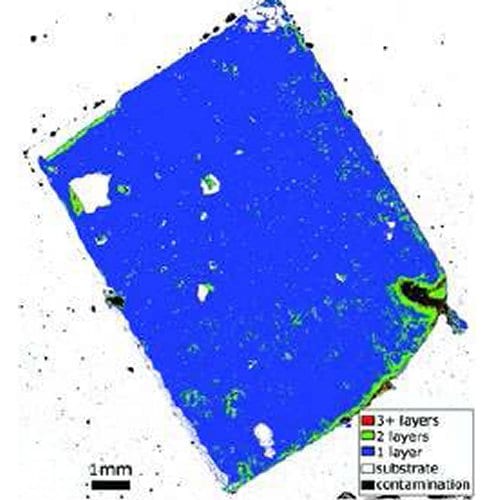

A simple way to identify the number of graphene sheets on a substrate, even over a large area, is shown by US researchers.
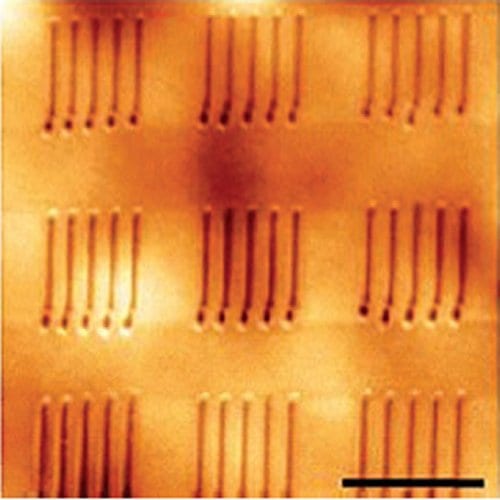
A new method of making ferroelectrics that uses a heated probe tip means they can be produced directly on virtually any substrate and in any shape.
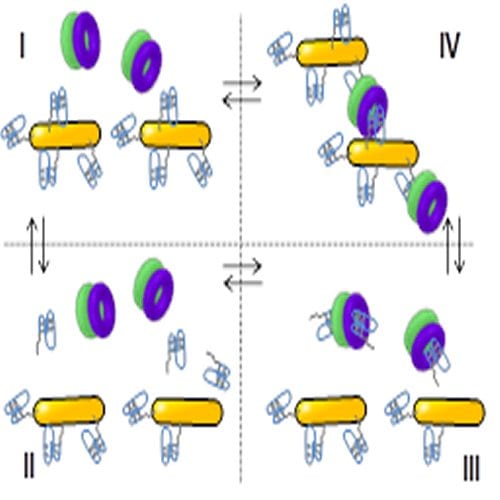
The possibility to obtain work from nanomachines is a step closer to reality as scientists provide a quantitative framework describing interfacial interactions in a nanobiomolecular system.
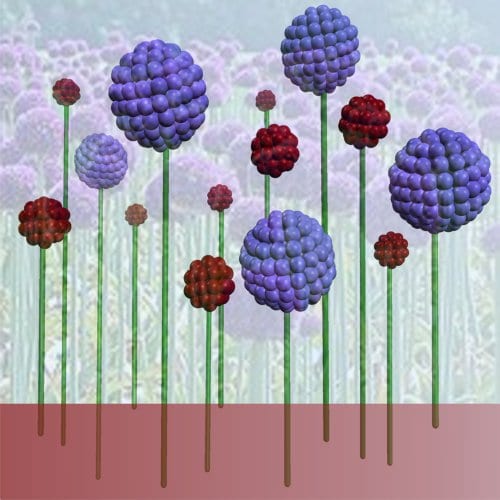
Small changes can have a big effect; a very small change in molecular structure can have a profound controlling effect on the size of gold nanoparticle superstructures.
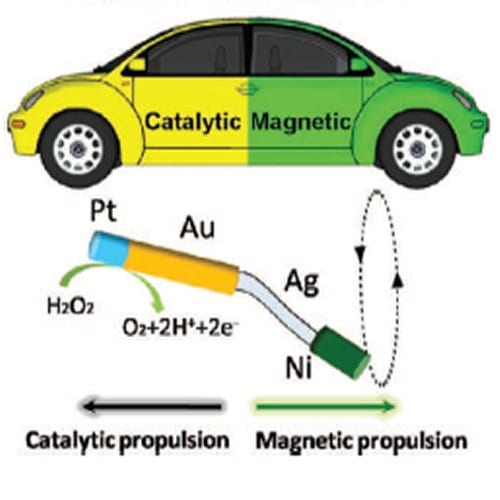
Scientists at University of California, San Diego, USA, led by Joseph Wang, have put together a multisegment nanomotor that contains components responsive to magnetic and to chemical stimuli.
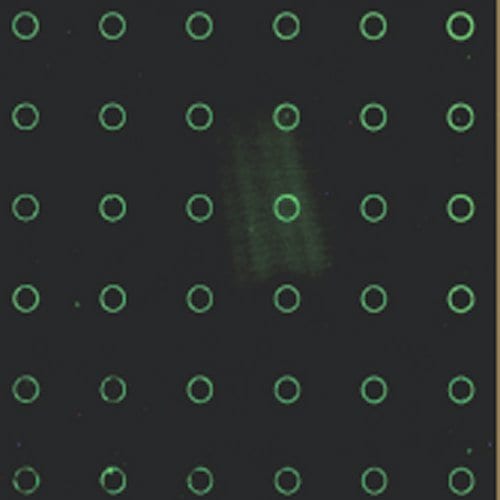
Ring-shaped arrays of DNA by using a simple self-assembly process driven by a balance of different forces, by scientists in the USA and S. Korea.
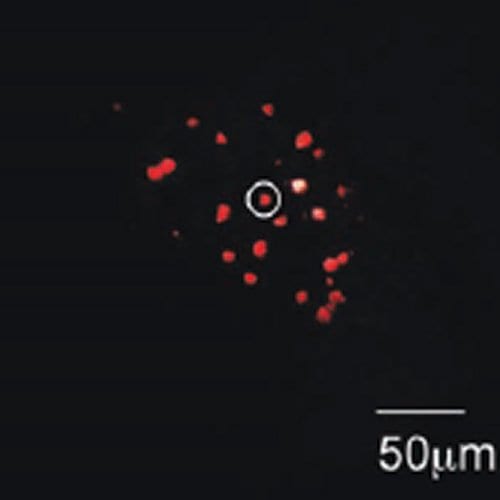
Russian scientists have made nanodiamonds with a higher concentration of nitrogen vacancy centers, with a better efficiency than was previously possible.
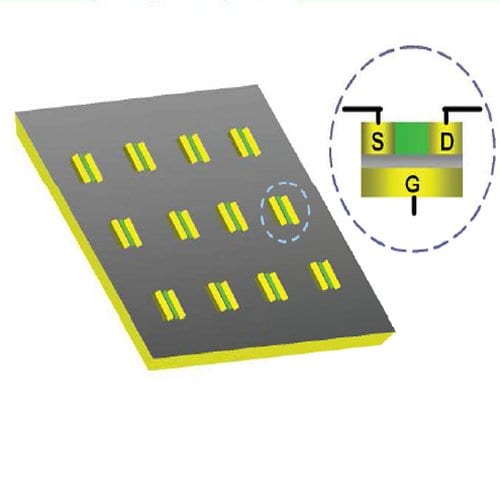
Surface patterning using conjugated polymers is set to take off, according to a review by Chinese scientists.
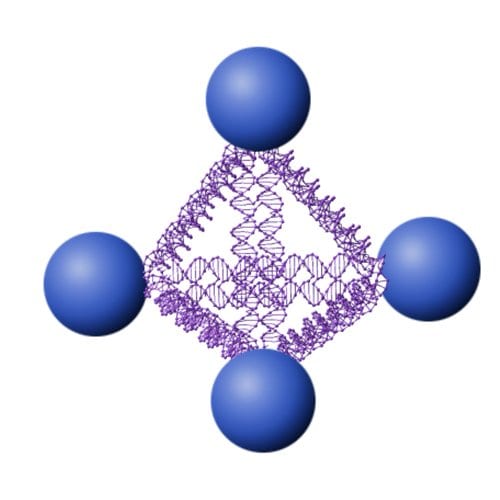
Tetrahedral constructs of DNA are a new way to support proteins on functional nanostructures, according to work by U.S. scientists.
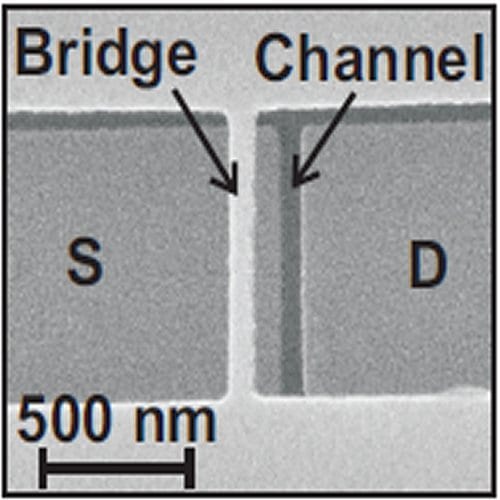
Very small organic thin-film transistors with high operating frequencies have been produced by Japanese and German scientists.